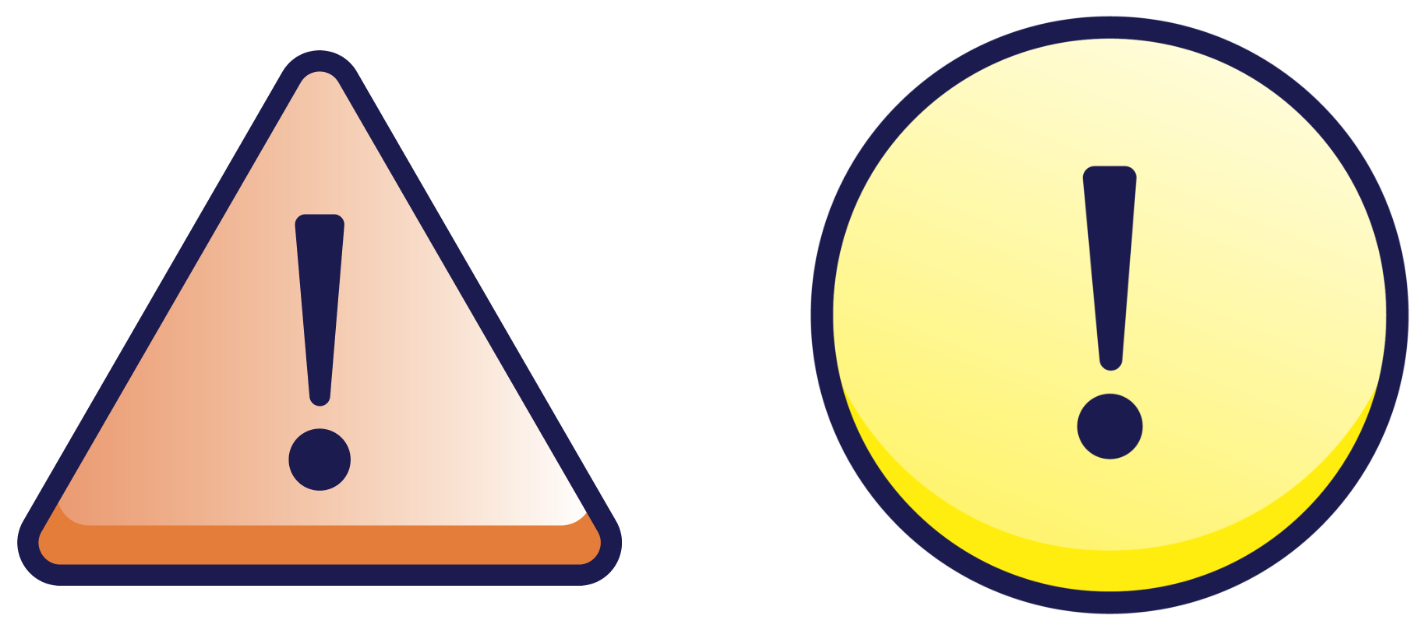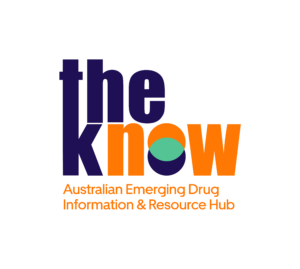Protonitazene contaminated oxycodone
The South Australian Toxicology and Toxinology Service and the Emerging Drug Network of Australia has notified SA Health of protonitazene overdose occurring in patients using illicitly sourced oxycodone tablets.
There is concern that protonitazene is now present in illicit oxycodone tablets in the community. The risk of overdose and death is significant for the opiate tolerant, and extremely high for the opiate naïve.
Protonitazene is a high potency opioid receptor agonist. It is active when used orally, nasally insufflated, or injected. Clinical features of mild protonitazene toxicity are pinpoint pupils and shallow breathing. Severe toxicity causes respiratory depression, central nervous system depression, coma and death.
Naloxone will effectively reverse intoxication but the dose required to achieve reversal may be higher than for other opiates, and repeated doses may be required.
Doctors with patients who use illicit drugs are asked to:
- Notify patients of the heightened risk of opiate overdose associated with use of illicitly sourced oxycodone.
- Strongly advise patients to abstain from illicit drug use and advise that if use continues it should occur in a setting in which inadvertent opiate overdose will be observed by others who can assist.
- Inform patients that they can obtain take home naloxone without charge from community pharmacies, and provide advice on its use to users of both opiate and non-opiate illicit drugs.
- Strongly advise patients that if naloxone has been used, they should then immediately seek medical assistance at their nearest emergency department or call “000”.
Doctors with patients with possible protonitazene toxicity are asked to:
- Be alert for the possibility of protonitazene toxicity in persons who present with a compatible clinical picture.
- Organise urgent transfer of the patient to hospital.
- Provide resuscitation as required.
- Administer naloxone for persons with opioid-induced respiratory depression and coma. Repeat doses of naloxone and/or an infusion are likely to be required and doses may be greater than those used to manage standard opiate exposures.
- Seek clinical support from the Poisons Information Centre on 13 11 26 (24 hours/7 days) as needed.
- Give the patient take-home naloxone on discharge from hospital, and directly discuss approaches to risk mitigation.




